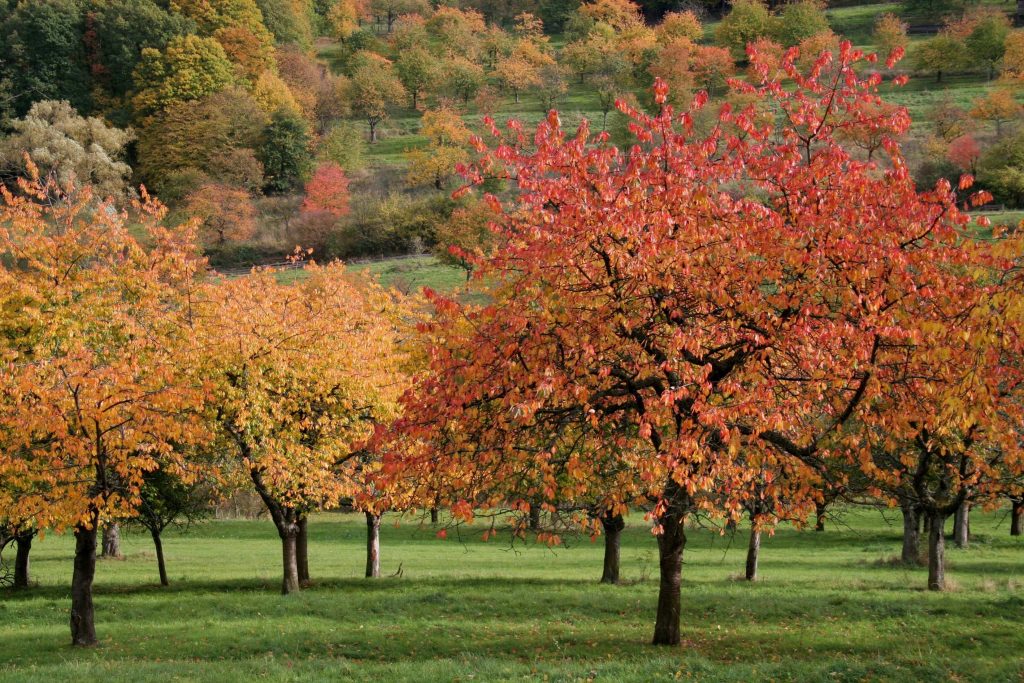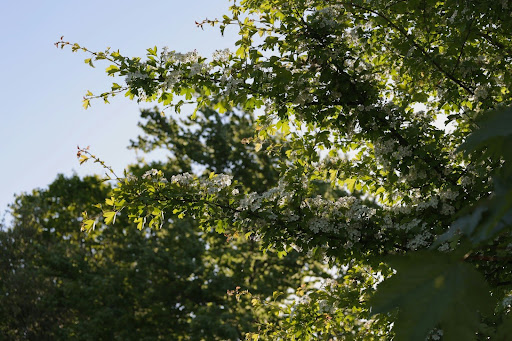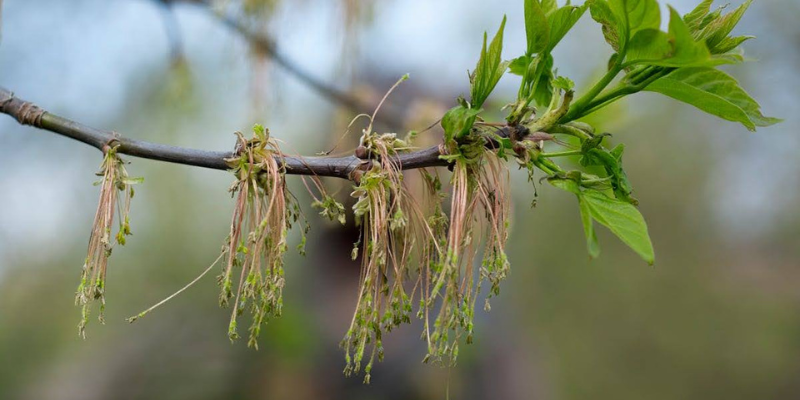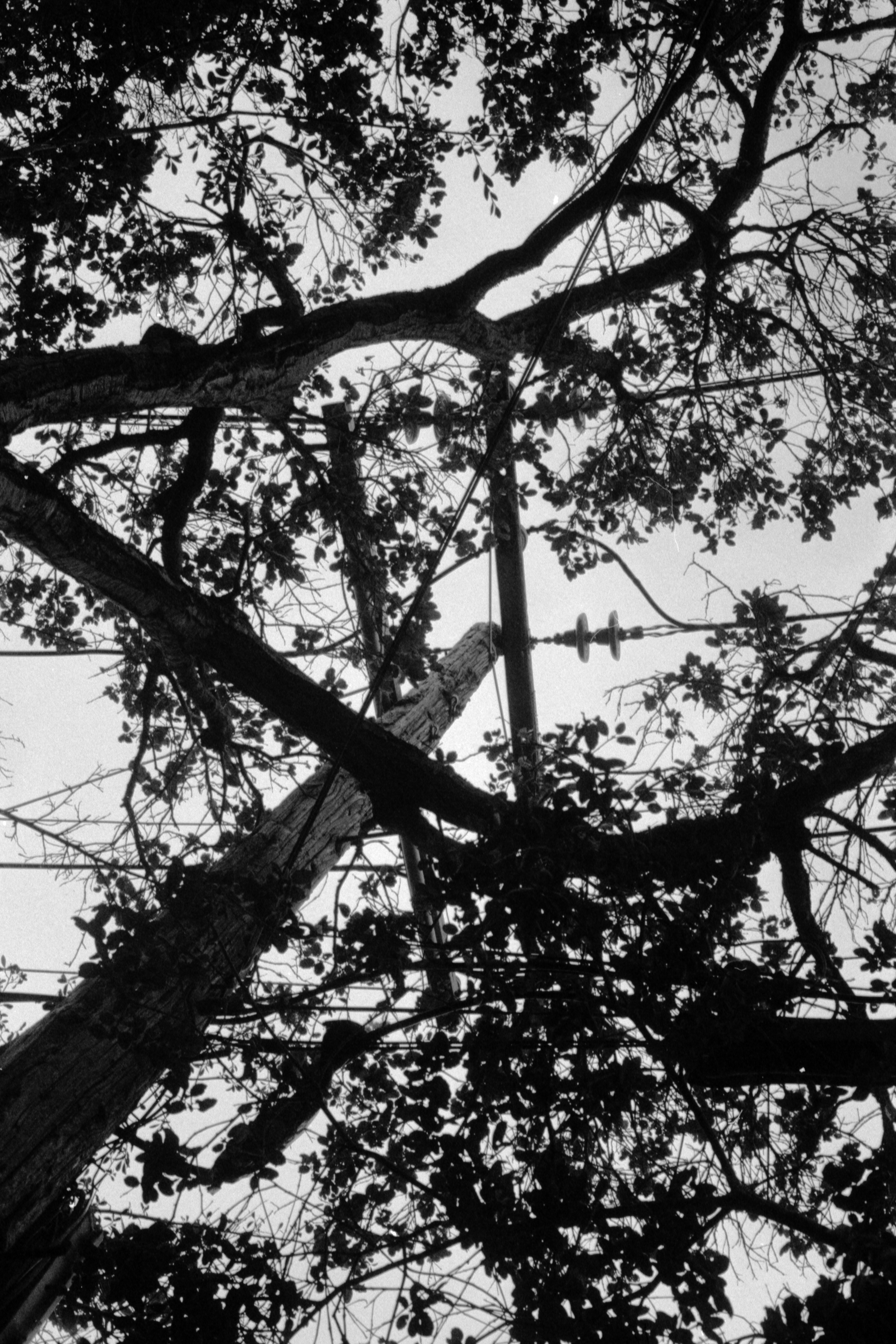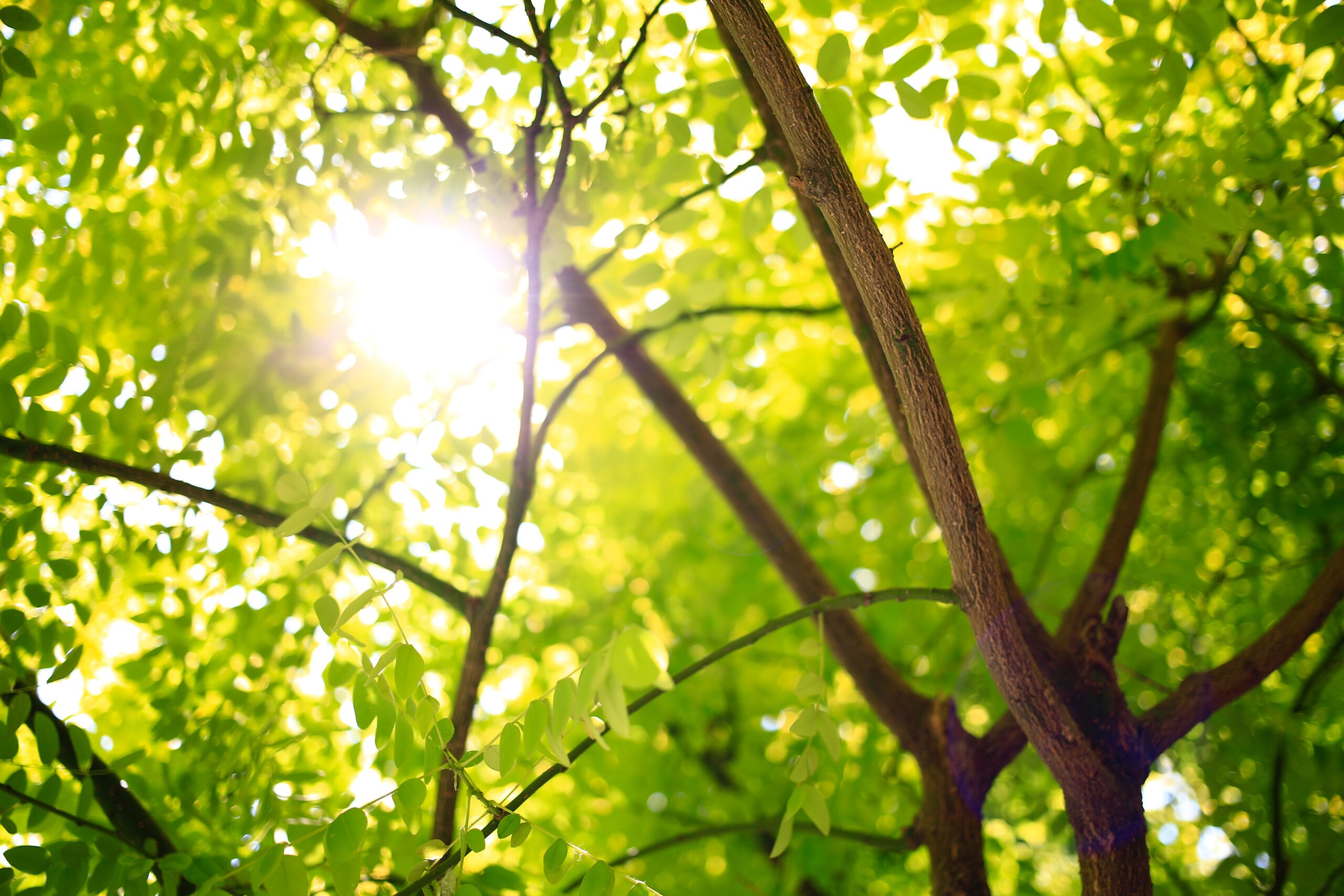
Date October 16, 2023
Part 1: Setting the Foundation
1. Introduction
Trees are the Earth’s lungs, providing us with the essential oxygen we breathe and acting as a vital component in the planet’s ecosystem. While we often admire their beauty and the shade they offer, many overlook an essential aspect of tree care: regular tree inspections. This article delves into the significance of these inspections, shedding light on their importance and the risks we face when we neglect them.
2. What is a Tree Inspection?
A tree inspection involves a thorough assessment of a tree’s health, stability, and overall condition. It’s not just a superficial glance but a comprehensive review that can identify potential problems. There are various types of tree inspections:
- Structural inspections: Assessing the tree for any weaknesses or potential breakage points.
- Health inspections: Checking for diseases, pests, and other health issues.
- Growth inspections: Reviewing the tree’s growth patterns and potential obstructions.
3. Reasons for Conducting Regular Tree Inspections
There are two primary reasons why tree inspections are crucial:
- Prevent potential hazards:
- Falling branches or even entire trees can be fatal, causing injury or property damage.
- Structural weaknesses, if not identified and addressed, can become serious issues in the long run.
- Promote long-term tree health:
- Early detection of diseases can save a tree from untimely death.
- Monitoring growth can prevent intertwined branches, overcrowding, and other structural issues that may hamper a tree’s health.
4. Economic and Aesthetic Impacts
A well-maintained tree does more than just beautify an area.
- Trees can significantly increase property values. A healthy, mature tree can add thousands to a property’s worth.
- The aesthetic appeal that trees bring to neighborhoods and homes cannot be overstated. They provide character, beauty, and a sense of tranquility.

Part 2: Delving Deeper
5. The Process of a Tree Inspection
When professionals inspect trees, they look at a multitude of factors:
- Signs of diseases such as discolored leaves, cankers, or oozing sap.
- Indications of pests and infestations, from visible insects to the damage they might cause.
- Structural issues, including weak branch unions or cavities.
They employ various tools, from basic magnifying glasses to more advanced equipment like resistographs, to get a detailed insight into the tree’s condition.
6. The Right Time for Tree Inspections
Timing is vital. The best times to inspect trees are:
- Seasonal changes, especially spring and fall, when trees undergo significant growth or dormancy phases.
- After significant weather events, like storms or hurricanes, which might have damaged the tree.
- In general, a frequency of annual inspections is recommended, with additional checks if there are noticeable changes or after extreme weather conditions.
7. Consequences of Neglecting Tree Inspections
Ignoring regular inspections can lead to:
- Safety risks: From falling branches causing property damage to potential injuries to residents.
- Economic repercussions: Sick or dead trees can be expensive to remove. Moreover, a property’s value can decrease due to unhealthy trees.
- Environmental impact: Trees provide habitat for various fauna. An unhealthy tree can disrupt the local ecosystem.
8. FAQs
- Q: How often should I get my trees inspected?
A: Annually, or after significant weather events. The tree’s age, health, and surrounding environment also dictate the frequency. - Q: Can I perform a tree inspection myself?
A: While basic checks are possible, a professional inspection ensures a thorough assessment. - Q: What are signs of a diseased or dying tree?
A: Look out for discolored leaves, fungi growth, unusual bark conditions, or sudden leaf drop. - Q: How much does a tree inspection cost?
A: Costs differ by location and tree size. Always get quotes from local professionals for accuracy.
9. Emphasizing the Importance
In conclusion, tree inspections are not just about tree health. They’re about safety, economics, aesthetics, and environment. By understanding and valuing the importance of these inspections, we can ensure a greener, safer, and more beautiful world for ourselves and future generations. It’s time to prioritize the health and safety of our trees. Act now before it’s too late!
Understanding the Tree Inspections Importance is more than just about tree health—it’s about our safety, our environment, and our property’s value. Don’t leave things to chance. Trust in the expertise of TreeNewal, who has been dedicatedly serving the Dallas and Fort Worth Metroplex since 2017. Prioritize your trees; prioritize your safety. Contact TreeNewal today and discover the difference a professional touch can make!”
